Earth tongues (Geoglossum) - little known mushrooms
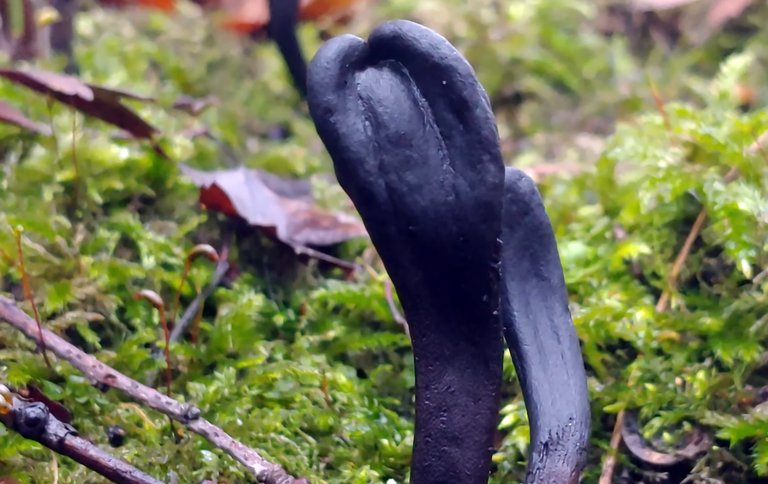
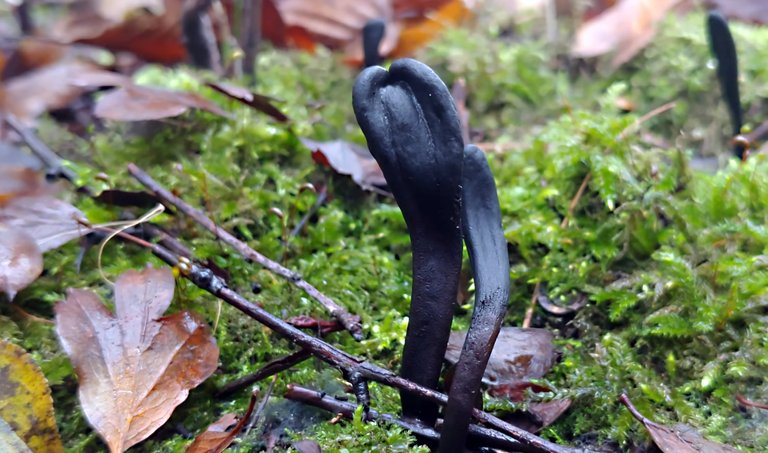
| EN | PL |
|---|---|
| The shape of the mushroom is most often slender, club-shaped. The bubonic fungus (Earthen tongue) can be 3 to 9 cm tall. The fungus may be dark brown, through graphite brown to almost black. The head (hat) is darker and almost black. | Kształt grzyba najczęściej jest wysmukły, maczugowaty. Grzyb Łęgot (Ziemny język) może mieć wielkość od 3 do 9 cm wysokości. Grzyb może mieć kolor ciemno brązowy, poprzez grafitowo brązowy aż do prawie czarnego. Główka (kapelusz) jest ciemniejsza i prawie czarna. |
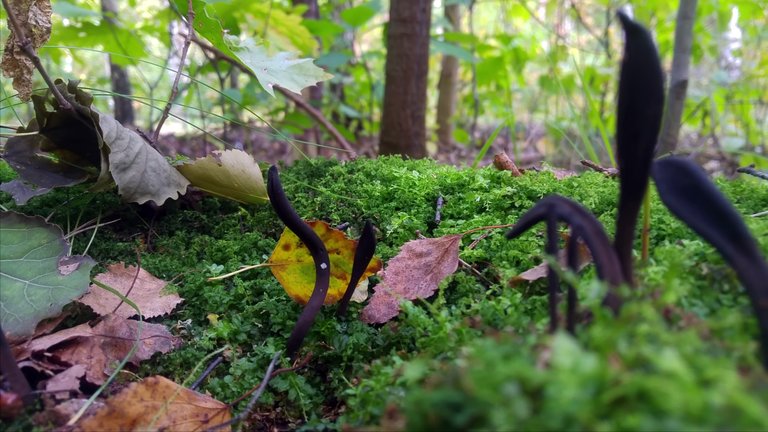
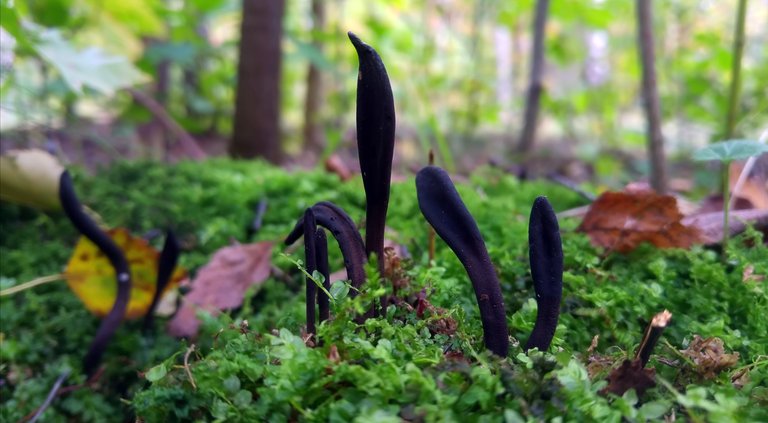
| EN | PL |
|---|---|
| The leg is narrow, often twisted, and it is brighter than the head. There are distinct tiny villi and moss on the stem. The surface of the fungus is dry, sticky and jelly-like during the rainy season. | Nóżka jest wąska, często powykręcana, jaśniejsza od główki. Na trzonie widać wyraźne malutkie kosmki, omszenie. Powierzchnia grzyba jest sucha, podczas pory deszczowej lepka i galaretowata. |
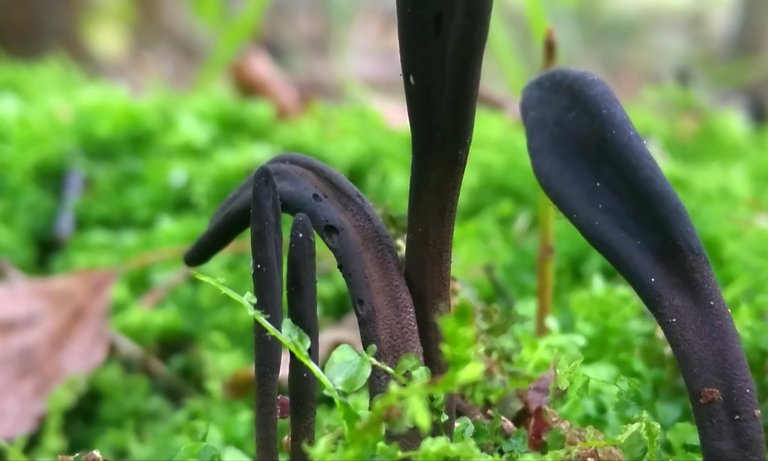
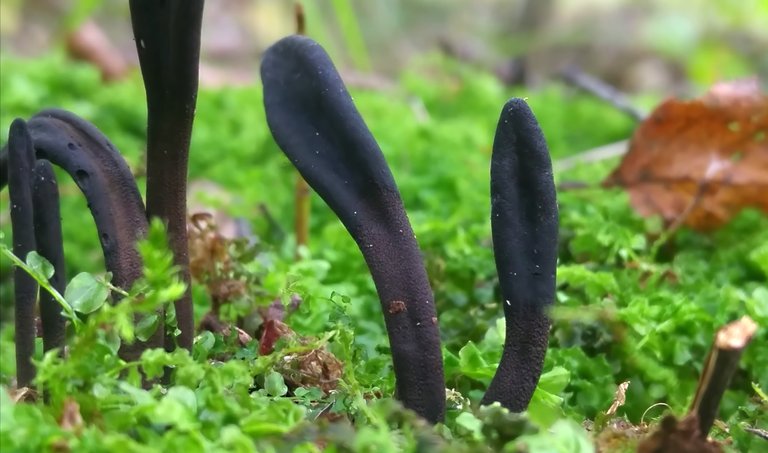
| EN | PL |
|---|---|
| Characteristic villi on the leg of Earth tongues (Geoglossum) | Charakterystyczne kosmki na nóżce Earth tongues (Geoglossum) |
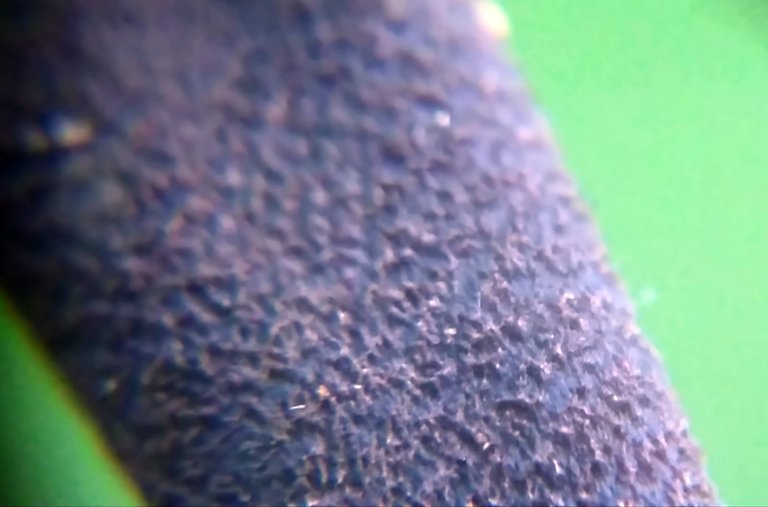
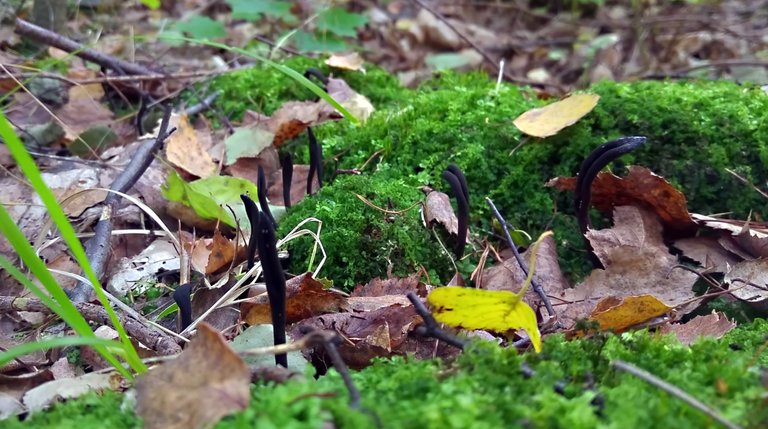

| EN | PL |
|---|---|
| Occurrence. The mushroom is on the list of rare mushrooms. It can be found on pastures, outside forests, if in a forest, then in moss or its vicinity. Due to the color scheme it is very hard to find. They usually grow in larger clusters. It appears in autumn, most often in September and grows until November, until the first frost. Value: inedible mushroom | Występowanie. Grzyb jest na liście grzybów rzadkich. Można go spotkać na pastwiskach, poza lasami, jeśli w lesie, to we mchu lub jego sąsiedztwie. Ze względu na kolorystykę, jest bardzo trudno do znalezienia. Rosną najczęściej w większych skupiskach. Pojawia się jesienią najczęściej we wrześniu i rośnie do listopada, do pierwszych przymrozków. Wartość: grzyb niejadalny |
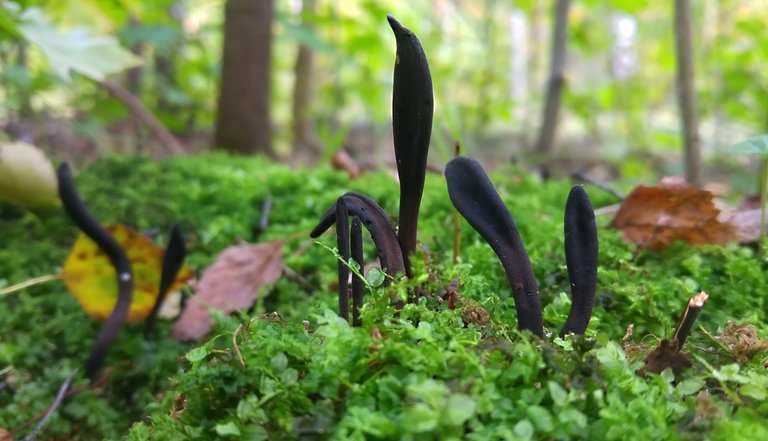
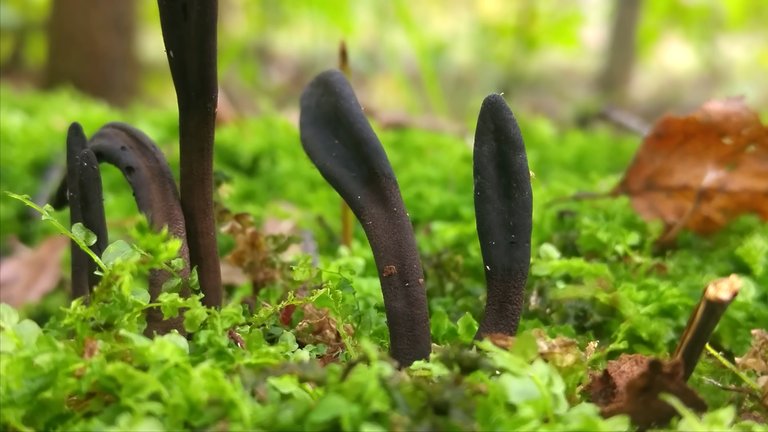
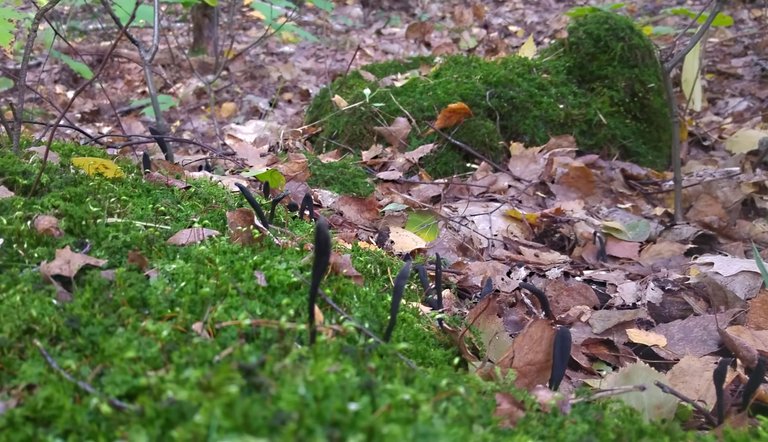
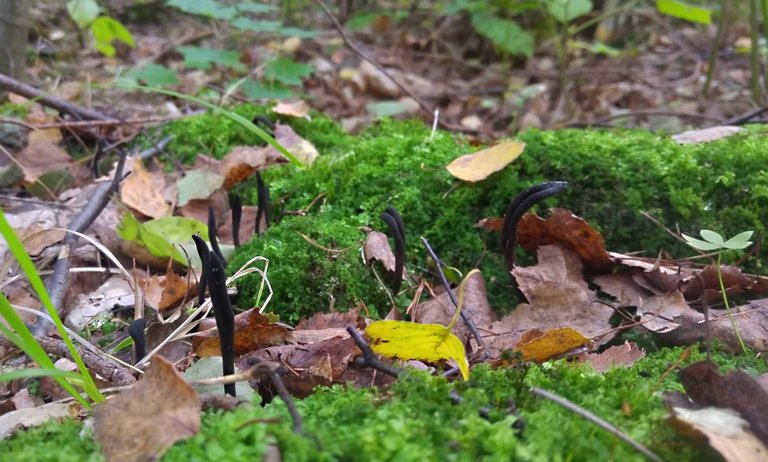

0
0
0.000
What a particular mushroom! I've never seen it before. Thanks for sharing :)
!discovery 35
This post was shared and voted inside the discord by the curators team of discovery-it
Join our community! hive-193212
Discovery-it is also a Witness, vote for us here
Delegate to us for passive income. Check our 80% fee-back Program
Ah yes I have found these before, takes a sharp eye to find them but once you do start looking you can find many. There is a cordyceps that looks similar to these black earth tongues (just more brown) that will lead you to deer truffles. I think the latin name is Elaphocordyceps ophioglossoides, always wanted to find a truffle being attacked by cordyceps.
stunning mushroom - and beautiful pictures!! thanks a lot for educating us about this rara avis.